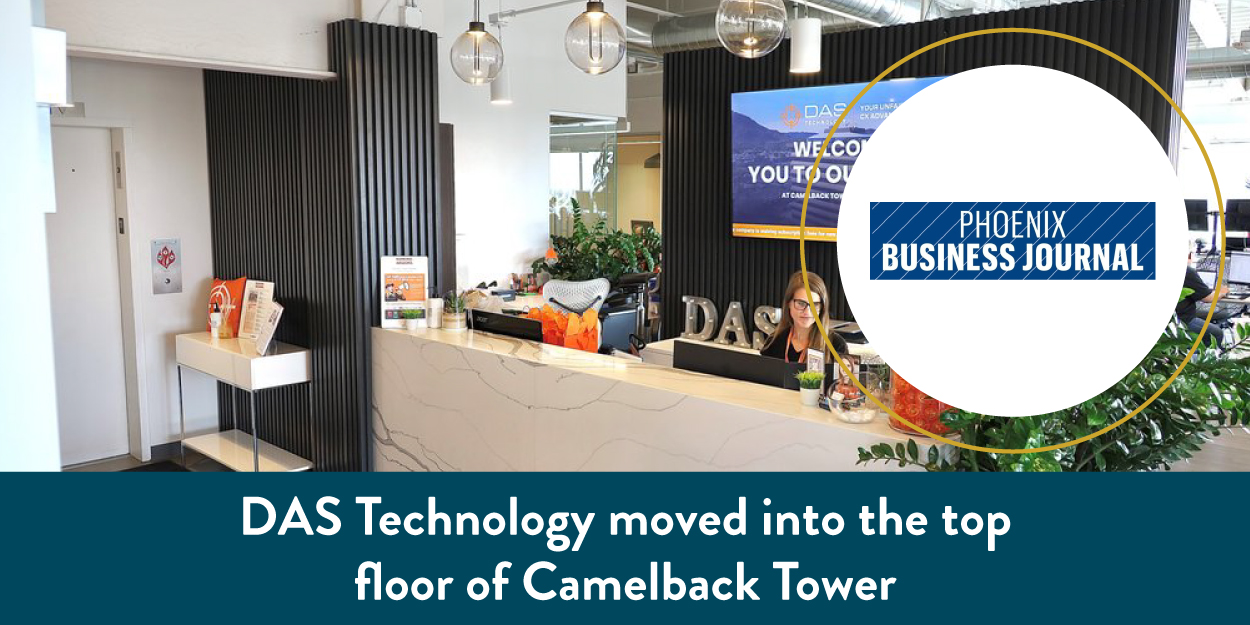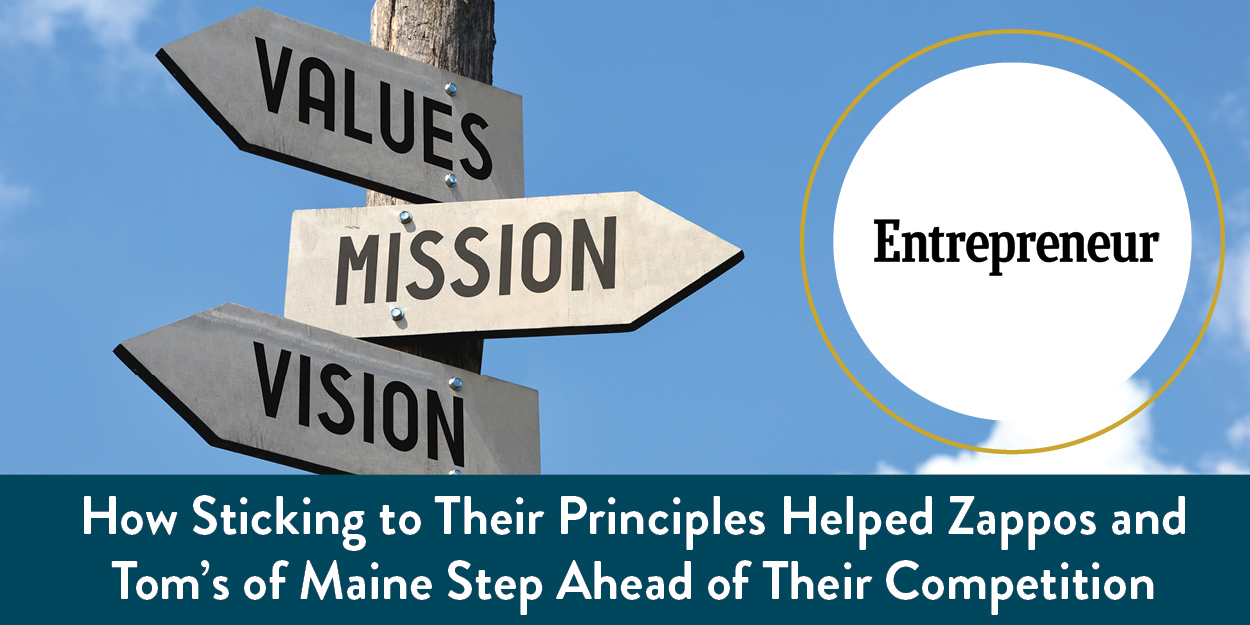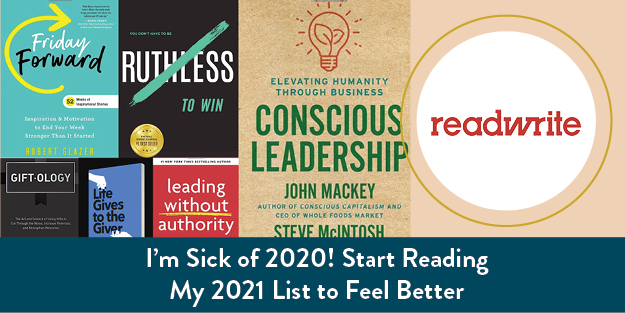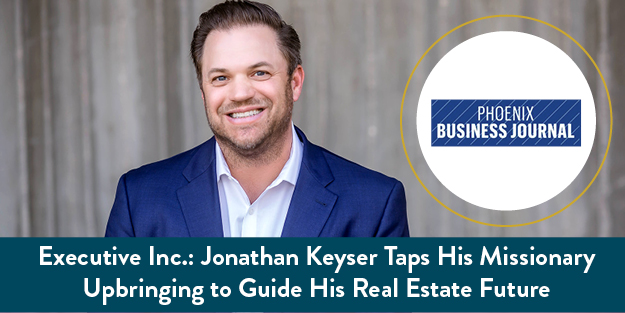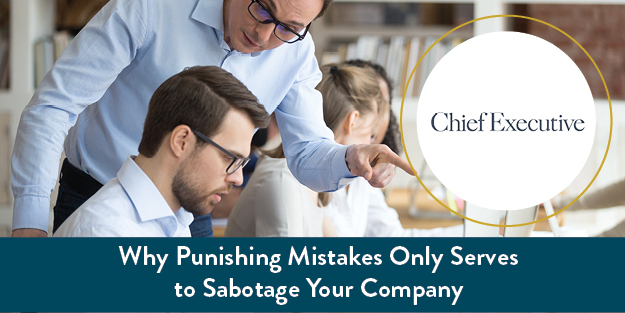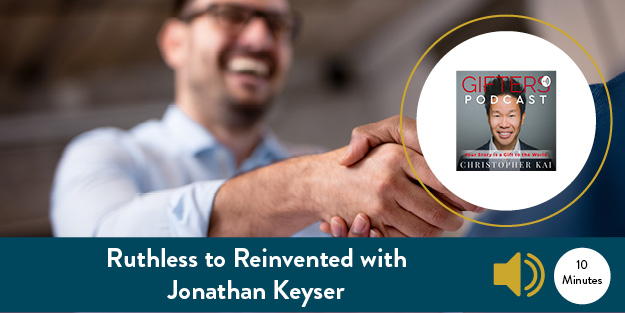Keyser Featured In...
Sharing Thought Leadership With Our Communities
McKinney is the second-largest advertising agency in the Triangle region of North Carolina, with 150 employees local to the area. The firm has about 60 employees working out of its Valley office.
DAS Technology moved its headquarters from one side of Camelback Road to another, relocating from The Square into a new 16,292 square-foot office at Camelback Tower.
Nxu Inc. has listed its Mesa warehouse and Tempe warehouse for sublease, amid piling up more balance sheet losses. Here’s what we know.
Jessica Corral, co-founder of Headfarmer, said the office move is a combination of its lease expiring and a strategic initiative to continue to expand the company as it adds new lines of business.
In this guest column, an executive with tenant advisory firm Keyser evaluates the current state of the Valley’s CRE market amid what he describes as a “monumental transformation”.
The conversation with Ash Hachmeister and Noah Barrasso was such an insightful conversation about servant leadership, company culture, and building business relationships. Keyser and beni.fit are both wonderful examples of companies that are turning their industry on its head. Both work in industries that are usually out to just make a buck.
A new real estate agent faces an uphill battle. Not only are they unknown, but they now are competing against more established agents who have been in the field longer, meaning they need to be creative and look at things from a different angle in order to set themselves apart.
What should business leaders expect in 2021 and beyond. With so much uncertainty in the market right now, Jonathan Keyser can help tenants navigate their commercial real estate.
Real estate has always been a major part of our economy. And, as a lagging indicator whose thread weaves through businesses of every type, size and sector, it is also the perfect instrument with which to take the pulse of our economic health.
There are a few crucial strategies that, if implemented, can lead to a better relationship for both the tenant and the landlord, resulting in more trust, a stable living situation and better long-term revenue.
As an executive, you may be tasked with finding a vendor for a certain aspect of your business, such as marketing, accounting or legal help. It’s important to ensure that the vendor you choose for your business is not only reputable but also well-suited to meet your company’s needs.
Solving things quickly is easier said than done, especially if you’re managing multiple properties or if the request requires extensive equipment or labor. So what do you need to know in order to better manage maintenance issues at your properties?
My two-plus decades in commercial real estate taught me one clear lesson: There are brokers who will pursue every inch of profit possible. In an effort to be all things to all people, though, these brokers fail to prioritize the two things every commercial broker should be: transparent and free of conflict.
WeWork saw the office space of the future and brought it to fruition. Why is this disruptor such a game-changer? Because it offers two crucial assets for today’s working world: flexibility and collaboration.
The way people inside commercial real estate talk about the industry, you’d think it was the mafia. With the right strategy, an unfaltering commitment to success through service and a little bit of luck, good guys can truly experience the tangible and intangible riches of a prosperous life.
Despite it being such a primary, pressing concern for homeowners these days, it’s surprising how few real estate investors know about green building and the effect it has on the value of real estate properties.
Faith Rocha, CFO at Keyser Commercial Real Estate, is recognized for her financial expertise and servant leadership. Her dedication to growth, team success, and integrity has been key to the company’s achievements.
Bringing on a new team member is one of the most important and impactful decisions a leader makes. The wrong choice can lead to costly setbacks, so leaders need to identify the must-have traits new hires need to bring to the table.
Throughout the course of someone’s career, they’ll likely work with both good and bad leaders. If they’re lucky, they may even get to work with a great one. While the differences between good and bad leaders are more clear-cut, it can be harder to distinguish a good leader from a great one.
While virtual meetings are an essential tool for distributed teams, they also run the risk of being less engaging than in-person interactions. It’s easy for team members to start tuning out — especially if they’ve had a few back-to-back meetings.
Burnout can impact any professional if they don’t proactively work to address it. For most, vacations and time with family and friends are the go-to remedies, but with the current pandemic making such activities risky, many are feeling mental, physical and emotional exhaustion that far exceeds the usual workaday weariness.
As a leader, learning how and when to say “no” is one of the most important skills you’ll develop. For many, it can also be one of the most challenging. 11 members of Business Journals Leadership Trust share their best tips for saying “no,” guilt-free.
While sifting through resumes and looking for personal qualities that match your culture is important, companies are better served by developing a cultural environment that encourages everyone to adopt a best-in-class mindset – a vibe that leadership cultivates and an attitude your team embodies 24/7/365.
Maintaining success is often just as much about having the right mindset as it is about predicting the next trend. These books can help you shed your fears and look forward to forging your own path — overwhelming as it may be.
With modern technology, video conference calls are easy to set up and can be done remotely if necessary, with all of the same benefits. This means you can now make your conference or workshop with a virtual experience for your audience. There are many keynote speakers who are already accustomed to this channel, get to know the top 26 virtual keynote speakers.
Pursuing a well-known speaker can deliver a big impact, but it can also come with a price tag to match. To make the most of your budget, consider choosing a speaker specific to your industry for a personalized experience that will resonate with your audience. Here are a few speakers who are leading the way in their industries.
Selfless service is a model where, if you go all in, you will wake up one day and be stunned at how much success you’ve created in your life. But it has to be done with no expectation of immediate reward. It’s a long game.
Most of us are guilty of stealing an important commodity: time. Every day, countless hours are wasted in unproductive meetings. Ask yourself these questions before sending out that calendar invite…
The members of Business Journals Leadership Trust understand what it takes to go beyond being simply “good” to become a leader who makes a real impact. In this article, they share 16 qualities that make a truly great leader and how you can cultivate those qualities in yourself.
As a leader, your employees look to you for guidance. Not having an answer for every problem question that arises can be an uncomfortable feeling, and being candid about it can be even more difficult. However, it’s OK not to know everything — after all, nobody can solve every problem, every time.
Many companies follow the mantra of “hire slow, fire fast” when they’re building their teams. Trying to decide if you should slow down (or speed up) your hiring process? Members of the Business Journals Leadership Trust to share the potential impacts of taking your time to hire.
Many companies operate on a clearly defined hierarchy, but a tiered structure can often lead to adverse side effects like hyper-competitiveness among teammates, demoralization of employees, and an us-versus-them mindset.
Nowadays, being true to your word almost seems old-fashioned. Showing that you’re a person of integrity — who people can count on to do what you say you will do — is a great way to stand out from the crowd.
Today’s top talent heavily considers the values and social impact of potential employers before accepting a job offer. Entrepreneurs who don’t understand this could fall behind, while those who shift their focus to social causes move forward. To put yourself in the latter category, you’ll need to cultivate the following three things:
Asking business leaders to think long term is uncomfortable and, frankly, challenging for them to do successfully. By nature, businesses have to focus on short-term success to stay afloat. Developing well-thought-out plans for the future tends to be relegated to an after-thought-level exercise.
Many companies operate on a clearly defined hierarchy, but a tiered structure can often lead to adverse side effects like hyper-competitiveness among teammates, demoralization of employees, and an us-versus-them mindset.
John Mackey and Jonathan Keyser discuss what it means to be a conscious leader in the modern world—presented by Book People.
Bringing on a new team member is one of the most important and impactful decisions a leader makes. While the right skill set is important, there are also certain characteristics — such as good communication and patience — that you should never compromise on.
Complaints can provide valuable insights to improve your company’s products or services. Addressing these issues shows your customers you’re listening to their concerns and want to provide them the best possible experience.
The conversation with Ash Hachmeister and Noah Barrasso was such an insightful conversation about servant leadership, company culture, and building business relationships. Keyser and beni.fit are both wonderful examples of companies that are turning their industry on its head. Both work in industries that are usually out to just make a buck.
Capturing market share in a competitive industry is a matter of differentiation. When Tesla saw that its rivals favored function over form, it positioned itself as a sleek alternative to more prosaic vehicles like the Toyota Prius or the Chevy Volt.
A business can’t succeed without its customers. The people who buy your products or services are more than just sales numbers; they’re the key to future business growth through repeat purchases and referrals to other potential customers.
To support your employees’ mental health during these unprecedented times, try these 12 strategies from the members of the Business Journals Leadership Trust.
As business leaders, successfully navigating during normal times can be challenging enough. During times of crisis like we find ourselves in today, maneuvering business can be downright daunting. We are all sick of 2020. Start your reading list, and feel better before 2021.
After years of experiencing both people-pleasing and dog-eat-dog tendencies, I found you can be both successful and thoughtful. But it takes a different approach.
Keyser transformed his lifestyle from ruthless to selfless, which he says gives him an edge in business. Now an eight-figure business, Keyser’s selfless service model is backed by success.
Many people do something that looks very similar to living the give-first mindset, but what they are actually doing is something called the pleasing prison.
If you are fed up with the invisible load you’re carrying at work—especially if your coworkers aren’t burdened with the same expectations—that doesn’t mean you have to stay stuck with this resentment.
Mistakes are useful—they build paths that eventually lead to success if we leverage that information properly. In other words, we should celebrate mistakes because they get us one step closer to our desired outcome.
Authenticity draws a direct path to gaining the faith of a customer base, but it should not be some shiny and empty gesture whose sole purpose is to sell an image. That’s “faux-thenticity,” something good leaders should keep far away from their companies.
When people feel comfortable in their environments, they’re more likely to seize opportunities, work harder, be creative, share ideas, and care about the success of their companies. The corporate world is serious enough as it is, so why add a layer of discomfort by cultivating a stressful culture?
Ever heard the back story of Keyser? Keyser was built off of a selfless service mission. Jonathan Keyser was fed up with the ruthless norm of the industry and reinvented himself. Listen to the story.
Your company is only as good as the quality of your product. Quality assurance should be second-nature among your team members, and the best way to ensure that is to make it part of the company culture.




